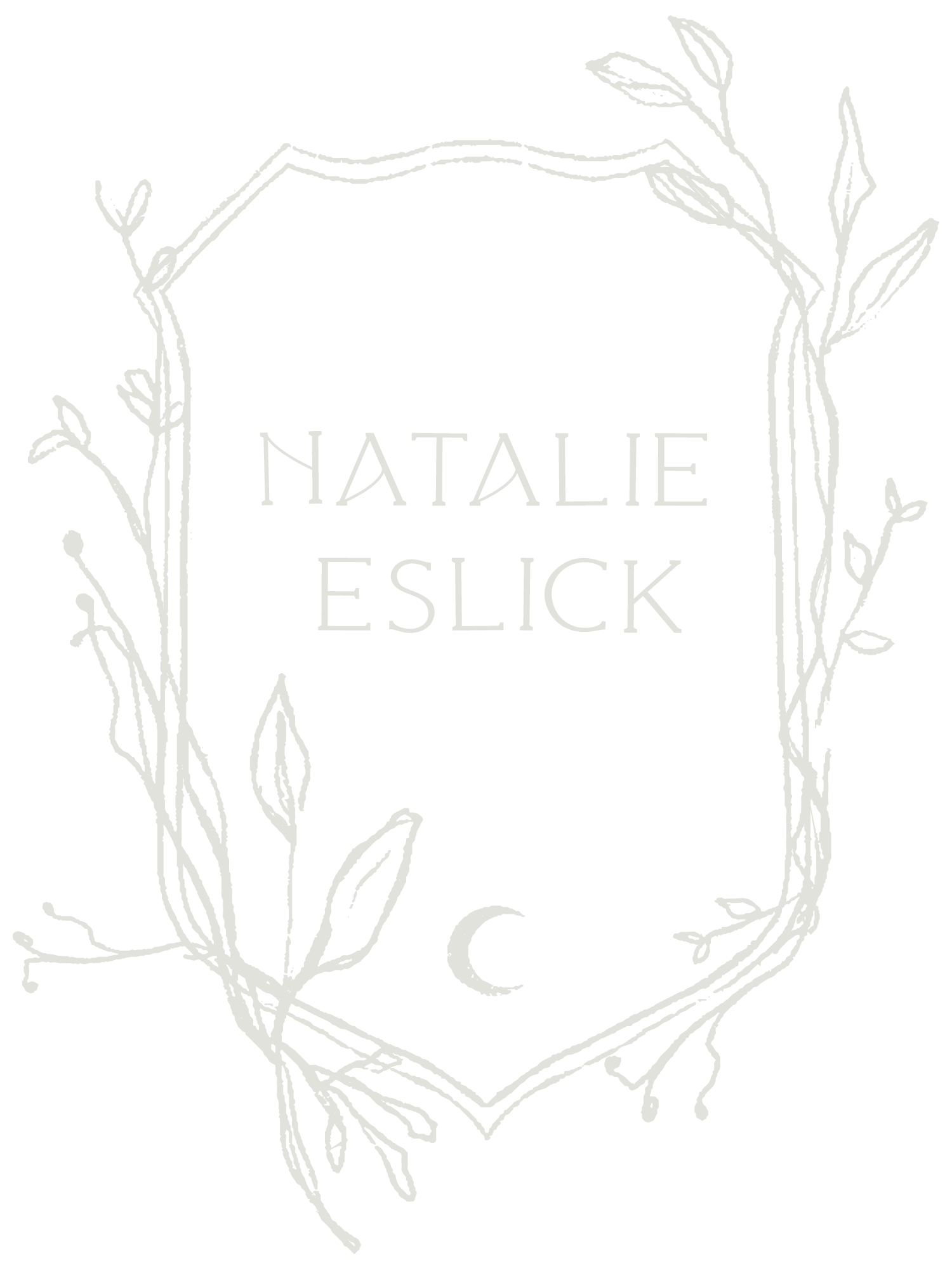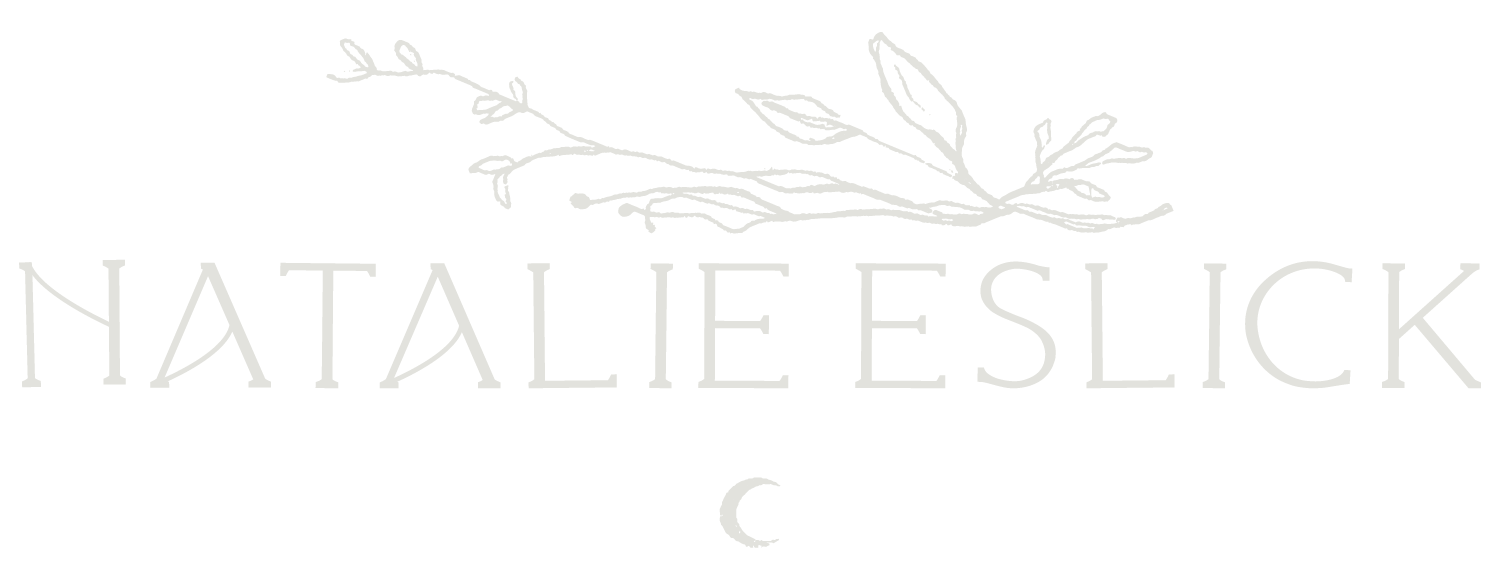5 Essential Techniques for Capturing Animal Essence in Your Sketches
As wildlife artists, our greatest challenge – and joy – is capturing not just the physical likeness of an animal, but their very essence. That spark of life, that unique personality that makes each creature a wonder to behold. That essence is what transforms a simple sketch into a powerful piece of art that resonates with viewers and honours our wild subjects.
Drawing from years of experience (haha!) and countless hours spent observing and sketching wildlife, I've honed five essential techniques that can help you breathe life into your animal drawings. These methods will not only improve your technical skills but also deepen your connection with your subjects, allowing you to create more authentic and emotionally resonant wildlife art.
1, Master the Art of Finding Shape Before Form
When I speak about “finding shapes” it can probably be best described as gesture drawing, and it is perhaps the most powerful tool in a wildlife artist's kit. It's the art of capturing the overall movement, energy, and big but basic shapes of your subject in just a few quick strokes. This technique is highly valuable, and just as important when sketching animals in motion or those that don't stay still for long, or when sketching from a (very still) photo :)
To practice finding shapes:
Set a timer for 30 seconds to 2 minutes.
Observe your subject (live or from a photo) and try to capture its essence with as few lines as possible.
Focus on the overall shape and movement rather than details.
Keep your pencil on the page and your eyes on your reference more than your page
Keep your shoulder and elbow loose
Use light, loose, flowing, continuous and repetitive ellipses and lines rather than short, choppy strokes.
Drawing these big shapes trains your eye to see the big picture and helps you capture the dynamic nature of wildlife. It's not about creating a finished piece, but about understanding and conveying the core of your subject.
2. Focus on Key Features
Every animal has certain defining features that instantly communicate its species and individuality. For a lion, it might be his majestic mane. For an elephant, their expressive trunk and ears. By identifying and emphasizing these key features, you can create a powerful representation of your subject, even in a simple sketch.
To practice this technique:
Define those initial shapes you made a little by continuing to spend time observing your chosen animal, either in person or through photos and videos.
Make a mental note of their most distinctive features.
In your sketches, pay extra attention to these areas, rendering them with more detail and focus.
Simplify other areas to make the key features stand out.
Remember, the goal is not to create a photorealistic image, but to capture the essence of the animal in a way that immediately resonates with viewers.
3. Harness the Power of Negative Space
Negative space – the areas around and between the subject – is often overlooked by beginner artists. However, it's a powerful tool for creating more accurate and dynamic wildlife sketches. The easiest way to think about this is what is the shape of the air around your subject. What would be on the top of your hand if you were to pet them.
By focusing on the shapes created by negative space, you can:
Improve the accuracy of your proportions and positioning
Create more interesting compositions
Add depth and dimensionality to your sketches
To practice using negative space:
Choose a reference photo with a clear background.
Instead of drawing the animal, draw the shapes created by the space around it.
Pay attention to how these shapes relate to each other.
Gradually, you'll see the animal emerge from the negative space.
This technique can be challenging at first, as it requires you to shift your perception, and even bring some of your other senses into play. But with practice, it becomes a valuable tool for creating more accurate and compelling wildlife sketches.
Extra bonus - it does us good to think about what it would be like to pet, to touch and connect to, our subject!
4. Embrace Dynamic Line Work
The quality of your lines can dramatically affect the energy and emotion conveyed in your wildlife sketches. Dynamic line work – varying the weight, direction, and character of your lines – can breathe life into your drawings and communicate the texture and movement of your subject.
To create more dynamic line work:
Vary your line weight: Use thicker lines for areas of shadow or emphasis, and thinner lines for lighter areas or details.
Experiment with different types of lines: Try smooth, flowing lines for sleek animals like cats, or rougher, more textured lines for furry creatures.
Use directional lines to suggest form and movement: For example, curved lines can suggest the roundness of a body, while diagonal lines can imply motion.
Don't be afraid of "messy" lines: Sometimes, overlapping or seemingly chaotic lines can create a sense of energy and life in your sketch.
It is ok to leave your initial sketch lines. Actually, it is wonderful to leave them in! It shows a human being did this beautiful work, rather than a machine!
Remember, your goal is not to create a perfect, clean drawing, but to capture the vitality and essence of your subject.
5. Cultivate Emotional Connection
Perhaps the most important technique – and the hardest to quantify – is cultivating an emotional connection with your subject. This is where the magic happens, where your sketch transforms from a mere representation to a piece of art that touches the heart.
To develop this emotional connection:
Spend time observing your subject, whether in person or through videos and photos. Notice not just their physical features, but their behaviours, movements, and personality.
Learn about the animal's habitat and conservation status. Understanding their story can deepen your connection and inform your art. If you have an interest in folklore (like me!) that can also be interesting to look into, giving insight into how we human animals have interacted with our wild kin over time.
Before you start sketching, take a moment to connect with your feelings about the animal. What draws you to them? What do you admire or find intriguing about it?
Try and feel into what it might be like to be them. I know it sounds a little woo, but close your eyes and roll your shoulders. Feel their wings unfolding from your back. Or feel their strong legs readying you to run through the forest. Think about how it would feel to live in their habitat. Feelings are something that all animals have - let your animal body feel.
As you sketch, try to convey not just what the animal looks like and how it might feel to be them, but how they make you feel too.
This emotional connection is what will make your wildlife art unique and powerful. It's the difference between a technically proficient drawing and one that truly captures the spirit of your subject.
Putting It All Together
These five techniques – gestural-shape sketching, focusing on key features, using negative space, creating dynamic line work, and cultivating emotional connection – form a powerful toolkit for capturing animal essence in your sketches. But remember, they're not rigid rules to be followed blindly. There are no rules! Rather, they're tools to be explored, experimented with, and adapted to your own unique artistic voice. They help you sing the song of the wild in your own unique way - and we need that!
As you practice these techniques, you'll likely find that some resonate more strongly with you than others. That's perfectly okay. The goal is to expand your artistic repertoire and deepen your ability to connect with and represent your wild subjects. We each find our own way to connect to the wild. There are as many ways to make art as there are artists!
Most importantly, remember that the essence of an animal isn't just in their physical form, but in the spark of life that animates them. Just like you and me! As you sketch, strive to capture that spark – the alertness and intelligence in an eye, the tension in muscle, the grace of movement. This is where your sketches will truly come alive.
Your Journey as a Wildlife Artist
Developing these skills is a journey, not a destination. And it is a lifelong one - we never stop learning, and that is a wonderful thing! Each sketch you create is an opportunity to learn, to connect, and to grow as an artist. Embrace the process, celebrate your progress, and most importantly, enjoy the incredible privilege of observing and honouring the wild world through your art.
Just think about what you are doing for a moment - you are taking pigment, using marks on a surface, and creating a likeness that wasn’t there before. You are incredible!
Remember, you are not just creating drawings – you're creating connections.
Connections between yourself and the natural world, between your viewers and the animals you depict, between art and conservation. Your sketches have the power to open eyes, touch hearts, and inspire action for the protection of our wild kin.
So grab your sketchbook, find a comfortable spot in nature (or in front of your favourite wildlife documentary), and start exploring these techniques. Your unique artistic voice is waiting to be discovered, and the wild world is ready to be your muse.






